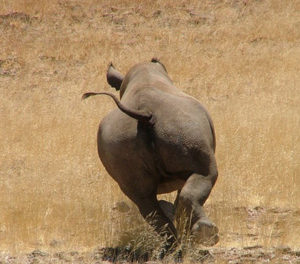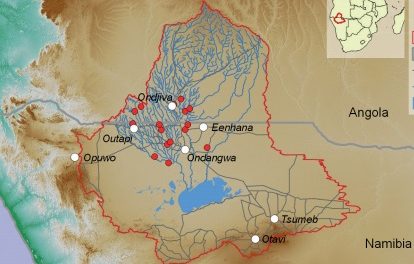
Final verdict on Namib fairy circles

Professor Norbert Jürgens visited Namib Desert Lodge for research purposes several times during the past years. (Photograph by Sven-Eric Kanzler)
The ‘fairy circles’ are created by termites as part of a water storage system. These are the findings of a long-term study conducted by German biologist Professor Norbert Jürgens. They were published in the latest edition of Science magazine.
According to the study the ‘sand termite’ Psammotermes allocerus, clears the sandy soil of annual grasses so that rain water is captured in the ground instead of being used by the grass. In areas with an average annual rainfall of 100 mm the sandy soil underneath the bare circles always holds more than five% water by volume – even after years of drought. Professor Jürgens obtained his data by taking readings in fairy circles found on the grounds of Namib Desert Lodge south of Solitaire over the course of several years. The lodge is part of the Gondwana Collection which has supported the professor’s research project for years.
The water storage system keeps relative humidity at 98% in the tunnels of the termites’ nest. This is essential for the survival of the insects. The storage system furthermore allows perennial grasses to take root around the circles. These grasses in turn are a secure food source for the termites in years of drought.
Psammotermes allocerus lives completely underground. Since it is active at night and early in the morning this termite is rather inconspicuous. This may explain why researchers did not solve the riddle of the fairy circles much earlier. Possible reasons that have been offered included theories of the ground being poisoned by Euphorbia and of natural gasses with a herbicidal effect. The circles even fuelled fantasies of little green men from outer space and dancing fairies.
The idea of termites causing the circles is not new, but so far the type of termite had not been identified and the presence of termites in the circles had not yet been proven. What is new and totally fascinating is above all the realisation that tiny, insignificant creatures are able to create an artificial eco-system and thus conquer a habitat which otherwise would be fatal for them.











































